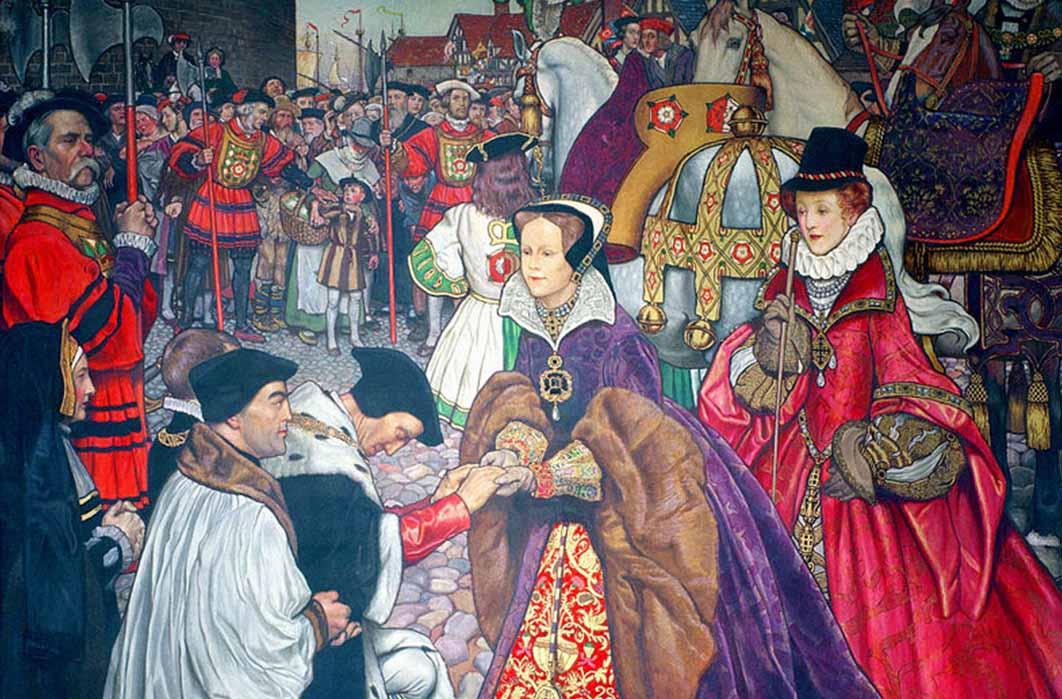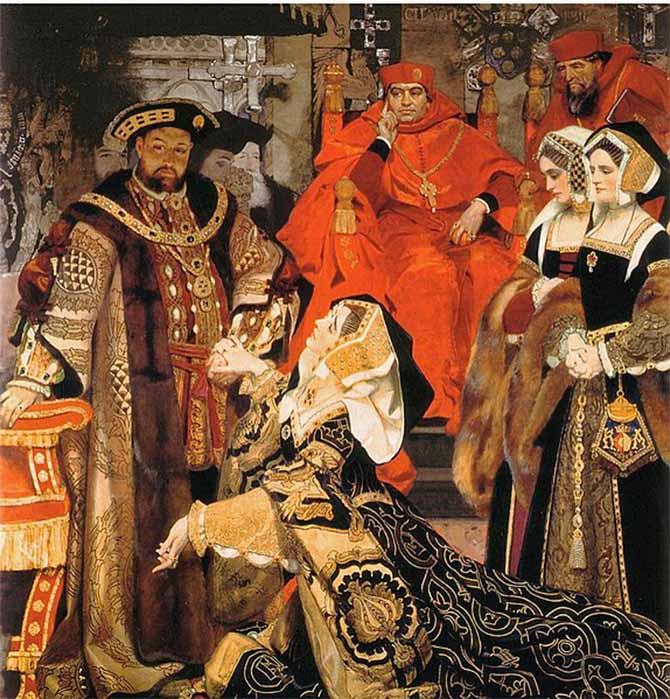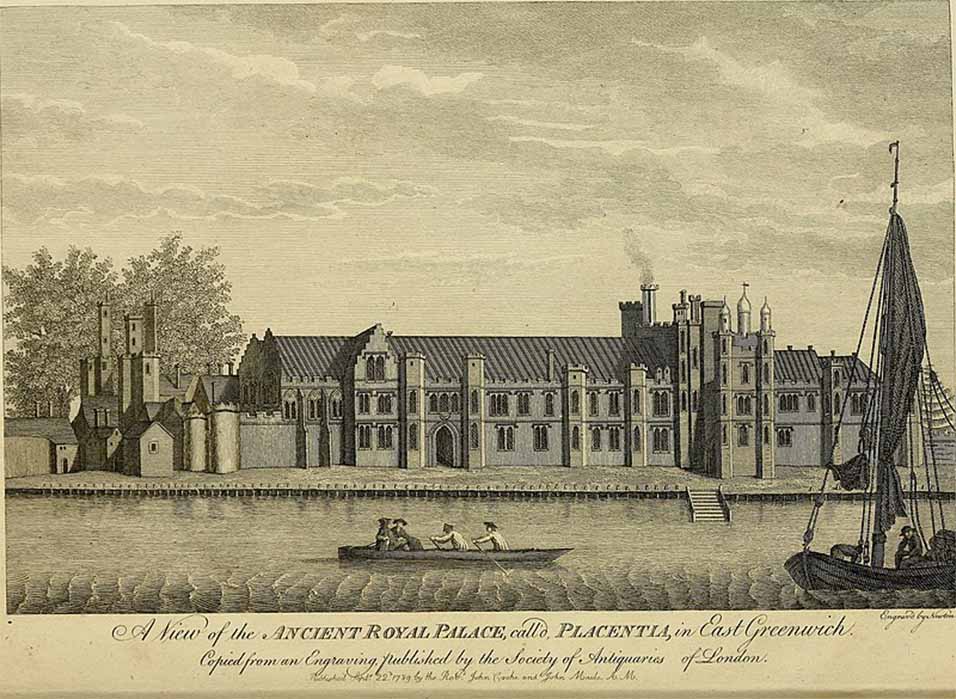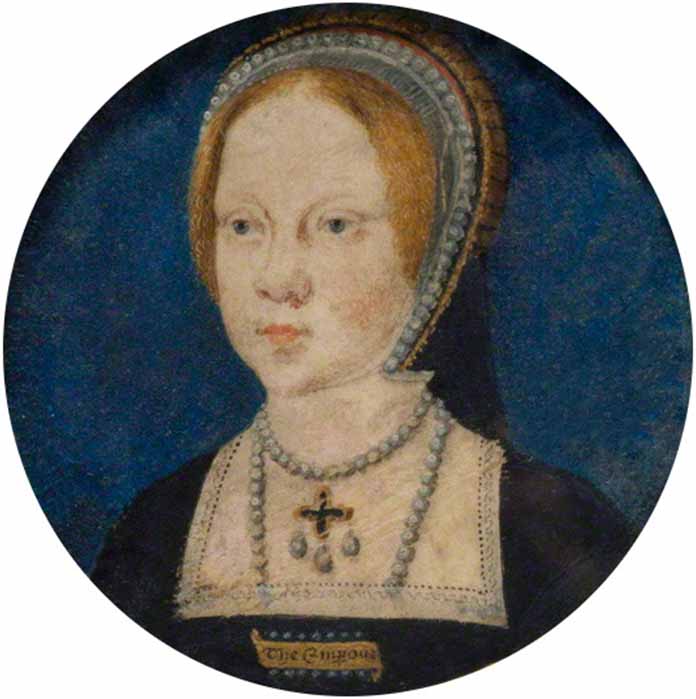
The Fall of the Leaf: Mary Tudor’s Seasonal Depression
Mary Tudor, daughter of King Henry VIII and Queen Katherine of Aragon was not a happy person. When Mary Tudor's health is discussed, it is usually her phantom pregnancies that are so often highlighted. However, primary source material makes it abundantly clear that she suffered from depression throughout most of her adult life. Mary suffered from a disease that occurred "at the fall of the leaf", during autumn. Historians usually suggest this was a seasonal allergic reaction, but careful analyses of an overlooked letter written by Mary herself, shows this is not the case.

Henry VIII and Katherine of Aragon, parents of Mary Tudor – depicted at Katherine’s trial (CC BY-SA 4.0)
Although mental health was not as deeply understood in the past centuries as it is today, depression and anxiety were not foreign concepts in previous centuries. During the medieval and early modern period, the words “melancholia” or “ennui” were used to describe what would today be described as depression. The term “depression” came into use in the 19th century, originally as “mental depression,” describing lowering of spirits, and came to replace ‘melancholia’ as a diagnosis.

The Palace of Placentia, rebuilt around 1500 by Henry VII, where Mary Tudor was born (Public Domain)
A Princess in Turbulent Times
Mary Tudor was born on February 18, 1516. She would be the only child of Henry VIII and Katherine of Aragon, who lived into adulthood since her brothers and sisters were either stillborn or died shortly after birth. Although Princess Mary was born into wealth and privilege and enjoyed a status as the King’s heiress, her life changed dramatically in 1527. She was only 11 years old when Henry VIII revealed his plans to abandon Catherine of Aragon and marry Anne Boleyn. The years between the beginning of Henry VIII’s quest for divorce in 1527 and her mother’s death in 1536 were Mary’s formative years. As a result of the stress she experienced as a girl on the verge of puberty, Mary started suffering from irregular and painful menstruations, insomnia, migraines and depression that would plague her until her death.

Mary, aged six, engaged to the Emperor Charles V (Public Domain)
Mary’s illnesses during the period between 1527 and 1536 were largely psychosomatic. In April 1531, the Venetian ambassador reported that she was “very ill from what the physicians call hysteria”. The word “hysteria” was not actually used in the original Italian report; it was translated from Italian into English by a 19th-century editor. The original 16th-century text said that Mary suffered from “what the physicians call ‘the mother’”. “The mother” was a reference to a female illness connected to irregular or suppressed menstruations, causing the womb to suffocate or choke. “The mother” was considered a disease of the womb, called hystera in Greek. Imperial ambassador Eustace Chapuys wrote on April 29, 1531, that Mary was recovering “from her stomach attack” but in June she was ill again. The Milanese ambassador wrote: “She has been very ill these last days, so that they had to let blood; the trouble being with her womb.”




